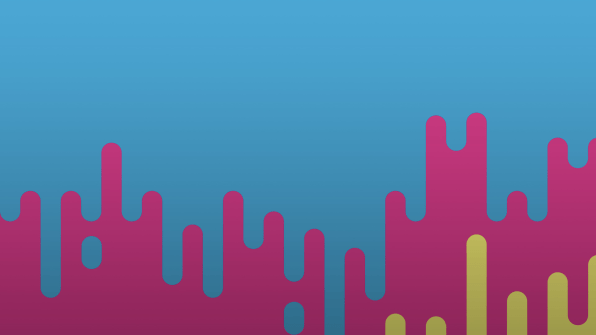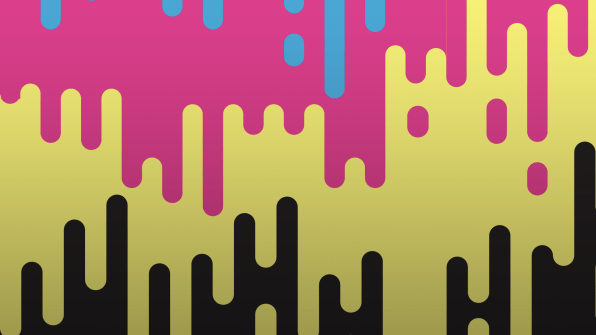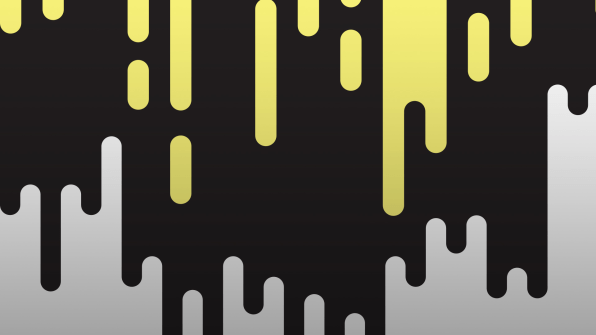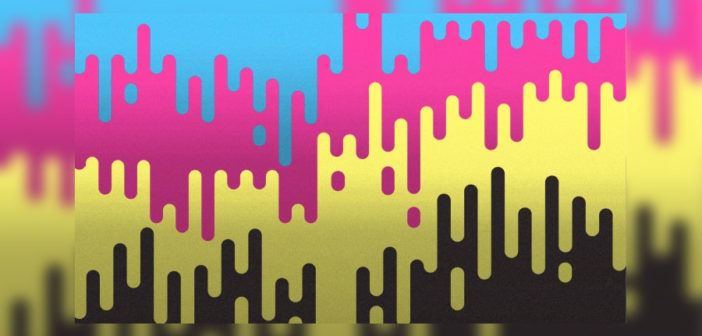Readers respond to a Co.Design story asking: What role do designers play in an industry ruled by A/B testing and optimization?
Have designers lost control of design?
This was the question designer and technologist Matt Webb asked earlier this week in a story about the widening gap between designers and the products and interface they create. We asked readers to write in and share thoughts on the matter. Here are some of their responses.

DESIGN HAS NEVER BEEN ETHICAL
“Designers have always ceded control to client interests. Empathy has little relationship with who holds the power on making the final decision on an idea or product, strategy, or plan. The larger question is, has design ever been ethical? If one is to define ethical as prioritizing the user’s needs over the client interests of profit, then no. As a profession, we should be clear that at best we put community interests at parity with client interests. Until we remove the paying client it will never change. Design is inherently an unethical industry.” –E.M. Cioran

DESIGN HAS AN EXISTENTIAL CRISIS
“Engagement becomes the chief metric, and just because something holds someone’s attention doesn’t mean it’s good for the user.
“This encapsulates the issue facing designers. It’s an existential crisis in my opinion. If they are not the one’s designing the chief metrics, then they’re designing in a box created by someone who may not approach the problem with empathy for users, but rather an obligation to someone other than the customer (shareholders/employees/themselves).
“The idea of choosing a key metric always struck me as an artificial, potentially dangerous task. Balancing the needs of customers, shareholders, employees, and other parties affected is much too complex to be boiled down to a single metric, and yet we demand a single metric in order to judge our success (How am I doing?). If we have no metric, we wander aimlessly. If we have one metric we take it beyond healthy limits (like Facebook with engagement). What’s the middle ground?
“Silicon Valley, full of the brightest minds in the world, sells itself short by quitting on the hard questions. We can design a computer that fits in our pockets, but not a set of metrics that more holistically (and ethically) serves customers.
“My thoughts for what it means: How do we take the brilliant designers of the world and focus them on this problem, the existential problem? The problem, if left unsolved, generates all of the other problems. Sure, solving the problem won’t make you a millionaire, but it might save you from the regret that Tony Fadell is experiencing.”–Benjamin Dickens

DESIGNERS HAVE TO MAKE A CHOICE
“I think that ethics and design is a confusing topic, and discussions on this topic will end up sooner or later in a mess of complexity. But there is one thing–we could call it a pattern (following Christopher Alexander’s idea)–that could help to solve this problem.
“The user-centered design approach offers two concepts of dealing with your counterpart:
“The first one is about uplifting. That means offering a design that allows and demands the user to grow on a personal level. Offering a new perspective, an idea, a new experience . . . But that means that design is causing a well-defined dose of trouble for the user. This kind of designed product needs understanding, knowledge acquisition, and sometimes even a real purpose for usage.
“The second concept is much more convenient for all. It offers a lower level–very easy to access. No challenge, just ease of use and a lot of affirmation. And let’s be honest about this–this is the moment when deluding starts. These kind of products are taking you where you are–and leaving you exactly at the same level or even lower.
“With these two concepts in mind it is very easy to do your work as a designer. You just have to choose if your contribution to the product development process will take the user/counterpart up or down. If you are not able to choose anymore, you are doomed and you in danger of losing your authority as a designer. So for me these big questions about ethics and design start with this simple decision.”–Felix Guder

THE USE AND ABUSE OF TOOLS
“The questions that are posed are seen through the eyes of tech and recent development but at the heart is a timeless dilemma. Take a simple example like a crowbar. It can be used for good and evil. Because people can abuse the tool, should it not have been created? That is the stuff of philosophy.
“When designers are designing tools for others, there is always an ethical question involved. You can’t create something and only want to take credit for the good and stay clear of the bad. Blaming the problem on the commercial minds who only choose based on popularity seems a little easy. Nor should you pull something off the shelf because it can be abused.
“For all the fake news the Facebook platform helps to spread, it also enabled the Arab spring, keeping in touch with your friends thousands of miles away, sharing a birthday wish with your mom.
“I believe we have to think of these things like an ecosystem. For every designer that designs a crowbar, they will be helping someone remove a pesky floor board and someone else to break into a house. A new designer will stand up and design a door strip that keeps the bad guys with crowbars out. We have to anticipate that with every tool created by man, there will be someone abusing it and there will be someone who adjusts for the abuse.
“Your article is the exact proof of that. Journalists are part of this ecosystem. They ring the alarm and as a result, someone stands up, takes notice and designs a countermeasure.”–Anne Miltenburg

WHEN DESIGN IS A MCDONALD’S HAMBURGER
“Fundamentally our role as designer is to create solutions that will be an exchange of values between two parties. Namely the company you work for, and your users. Sometimes the end user can be diverse. But as long as you are on a paycheck, your job is to find a solutions to a set of people which will eventually benefit the company you work for. And companies have been designed as a vehicle seeking growth.
“Eventually, if your design is successful it’s going to have more user adoption. As users prefer your solution over another. The problem arises often in the conflict between short term benefits and long term benefits. Pretty much like a McDonald’s hamburger. It tastes great, but you know it’s bad for you.
“If you think about it there are only two kinds of software solutions: Those who ‘save people’s time’ and those who ‘use people’s time.’ And they get better at both of those. So things that used to take a while, now are close to instant. With video on demand, Uber, Alexa, Plug and Play software hosting like Firebase, we remove all the friction to getting something done.
“The particularly conflictual area is the one of competing for people’s attention. In this area, we’re seeing solutions that increasingly are good at entertaining us in the minimum amount of time. And that’s the winning formula that has seen long-form publication articles being shortened and in which we have to show images and videos. In particular video games are deadly efficient at that. In fact, the whole Farmville and social game explosion at the time (and now Candy Crush) is a result of an increasing understanding of behavioral economics–how we create behaviors for people.
“In fact the Stanford Behavioral Lab is the common denominator behind the success of Instagram and Snapchat. They clearly understood how to hack human behavior and that was their key competitive advantage.
“And the issue arrises that unless you use the same tricks, you won’t be able to compete. Those are just better at engaging users. But we know now that spending time on Instagram makes us less well off. As we can’t help but have a distorted vision of others in which their life is a lot more interesting than it actually is, and make us feel bad in comparison.
“I don’t think it’s what Instagram would have foresighted but unless they address that, eventually people will opt-out (just like they start doing on Facebook). But if addressing this will impact their bottom line in any way, it’s not going to be implemented. Unfortunately.
“I would argue that as long as your day job is to eventually benefit the agency/company/client you work for, you might want to steer some of the long-term benefits within your product. That’s the least worst you can do. But you’re bonded in some way or another by your paycheck.
“But also with ‘great power comes great responsibility.’ And I think designers should use their skills toward solving bigger problems. In fact trying to solve this very problem of how we can reconcile our values and our day job could be one of them. As well as redesigning the way we organize each others, I believe that designers are uniquely placed to provide solutions to old problems using new technologies. They just aren’t often focusing on those. And they should.
“In the same manner that developers open source their code to make it available to the common good, designers could dedicate more of their time toward common goods equally.”—Mathieu Gosselin
–
This article first appeared in www.fastcodesign.com
Seeking to build and grow your brand using the force of consumer insight, strategic foresight, creative disruption and technology prowess? Talk to us at +9714 3867728 or mail: info@groupisd.com or visit www.groupisd.com

